No one likes the term ‘entomophogy’, and perhaps even fewer people know what it means. The title of the journal ‘Insects as food & feed’ is a deliberate move away from it, but even the term ‘edible insect’ is not unproblematic. According to GREEiNSECT researcher Afton Halloran, in many cultures the question ‘Do you eat insects?’ can get a negative response, whereas asking about a particularly species more often yields ‘yes’. Some Kaytetye speakers prefer the word ‘witchetty’ to ‘grub’; coining terms such as ‘whitewood witchetty’ and ‘river red gum witchetty’ as translations of the various edible larvae, a semantic extension also found in Kaytetye.
The pejorative overtones of English ‘grub’ and ‘insect’ reflects a preference in English to use a culinary name for animals as food. Consider ‘meat/animal’, ‘venison/deer’ etc. When the Kangaroo Industry sought a culinary term for skippy, they may have done better had they adopted marlu (Warlpiri) instead of the neologism ‘australus’. For ‘edible insects’ a similarly palatable set of sounds for English speakers might be tjapa (Western Arrarnta).
Another problematic term is ‘traditional food’. In Europe this refers to a food historically produced in a specific region. In contrast ‘novel food’ refers to food not generally consumed by humans in the EU prior to 1997; and so many foods that have been eaten for thousands of years elsewhere, now entering Europe are ‘novel foods’.
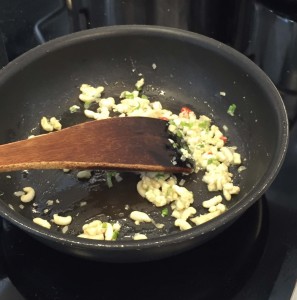
Whilst all this debating of terminology was going on, Roberto Flore, who leads the gastronomic research of an edible insect project, had been slaving over a hot stove cooking local bee larvae tostada. We were the lucky guinea pigs for this new dish. We also tried two types of Danish ants. GREEiNSECT researcher Nanna Roos recalled how people used to put an open sandwich at the entrance to the nest and come back to find the ants spread out on top ready to eat.
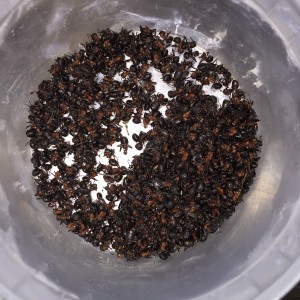
For those with money to burn, a gin from made the red ant for can be purchased from the Cambridge distillery.
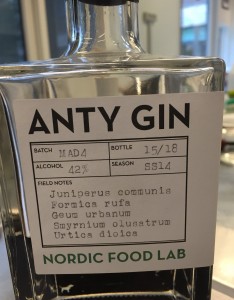
Finally we tried the cheese Fiore Sardo di Gavoi from Roberto’s village in Sardinia, whose flavour comes from a fly (Piophila casei) that lays larvae in the cheese, making it deliciously creamy and pungent.
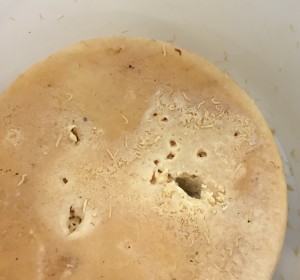
All in all it was an ‘insectful’ rather than ‘fruitful’ day in Copenhagen; and Australian entomologist Alan Yen was sorely missed by all. I hope to see the edible insect team down under to share some Australian tjapa.
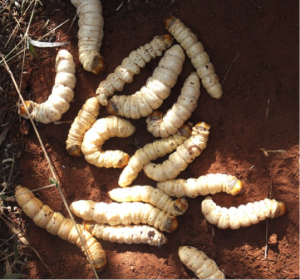
 Follow
Follow
Maybe as the world’s population gets to the point where meat is an unsustainable protein source, more attention will be given to ‘lamawurt’ (Gurindji – grubs). The best place to start is surely Central Australia where they were a staple!